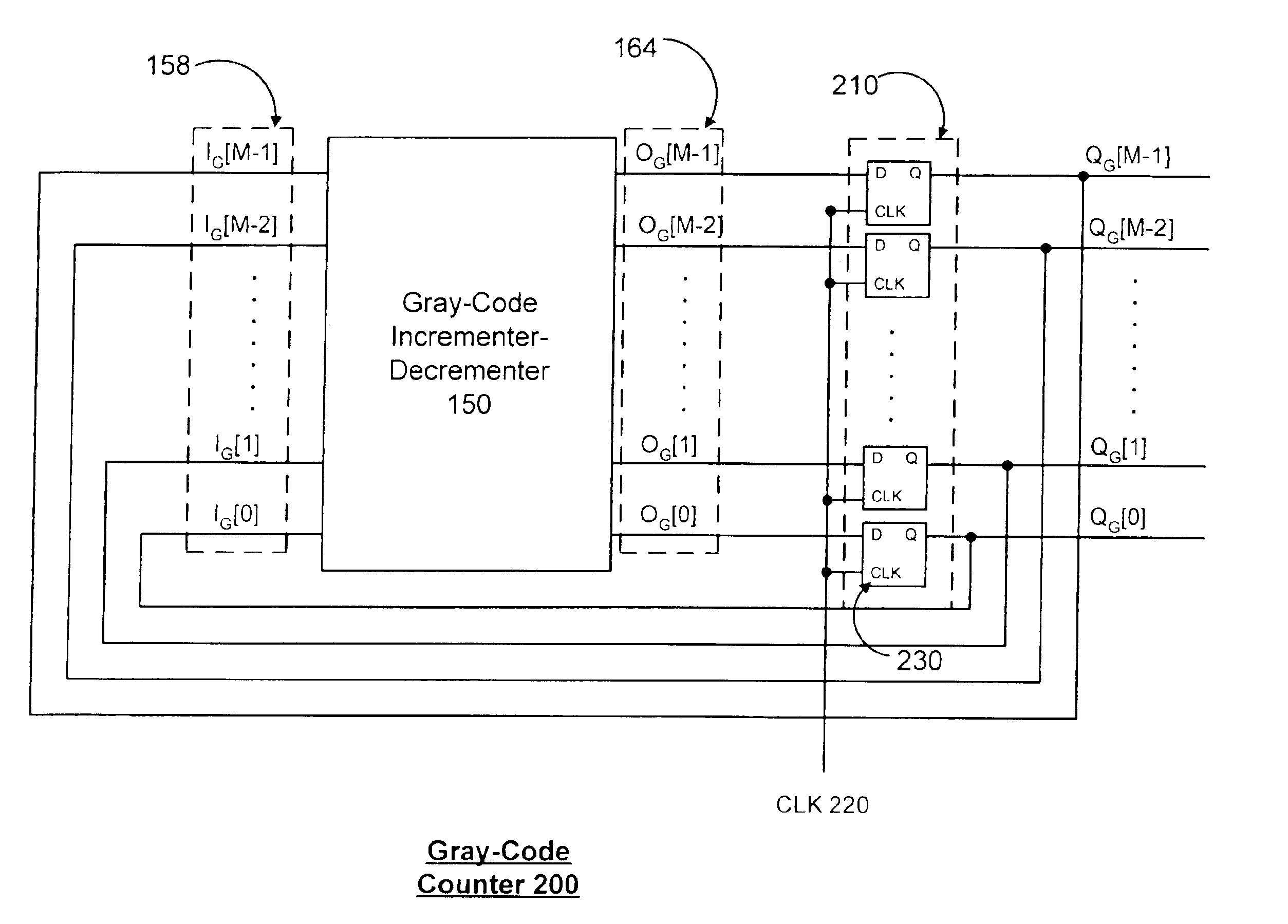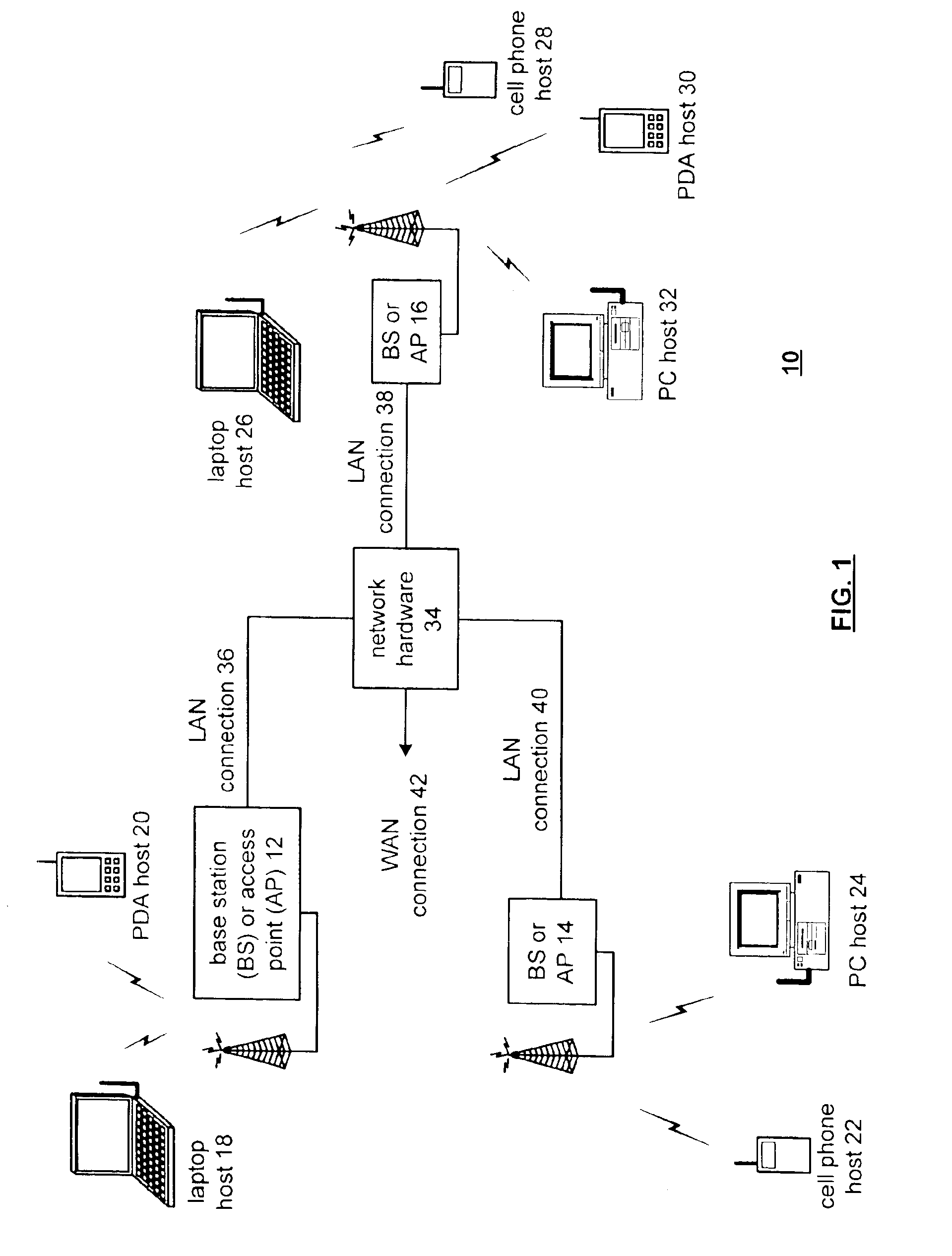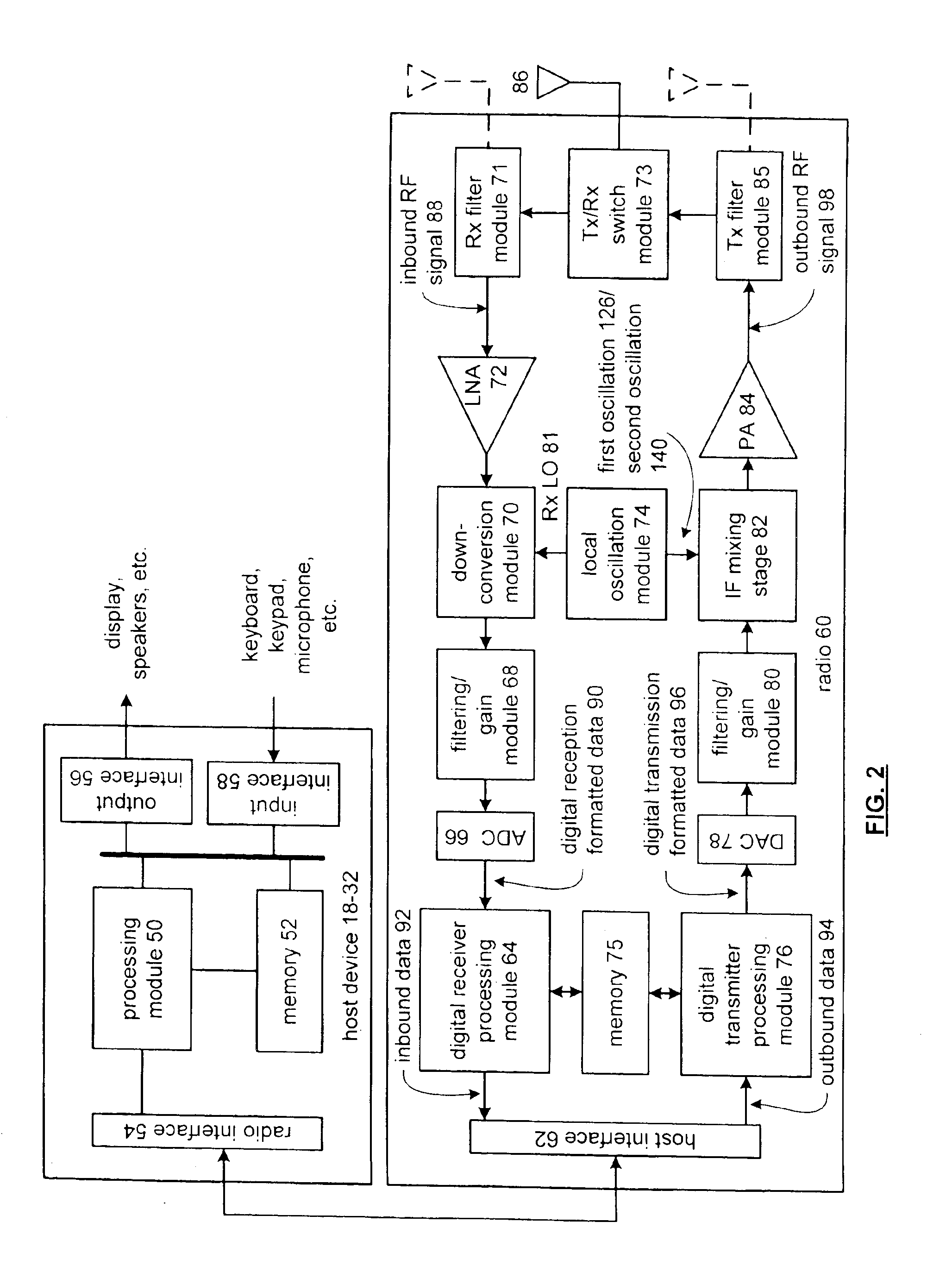Method of scalable gray coding
a gray coding and gray coding technology, applied in the field of computing devices, can solve the problems of large ambiguity, many bit differences in the representation of two adjacent binary numbers, and the inability to generate reliable direct comparisons
- Summary
- Abstract
- Description
- Claims
- Application Information
AI Technical Summary
Problems solved by technology
Method used
Image
Examples
first embodiment
[0078]Step 370 can be accomplished in a number of ways. In one embodiment, corresponding to the BIN algorithm of this invention disclosed above, step 370 comprises determining an initial set of 2M sequential binary values; determining a number, S, of binary values to skip, where S=2M−N; eliminating from the initial set of 2M binary values the first S / 2 binary values and the last S / 2 binary values; and populating the non-power-of-two set of binary values with the remaining sequential binary values. These binary values can then be converted to an equivalent set of Gray-code values.
second embodiment
[0079]In another embodiment, corresponding to the BIN algorithm of this invention disclosed above, step 370 comprises determining an initial set of 2M sequential binary values; determining a number, S, of binary values to skip, where S=2M−N; eliminating from the initial set of 2M sequential binary values the middle S binary values; and populating the non-power-of-two set of binary values with the remaining sequential binary values. These binary values can then be converted to an equivalent set of Gray-code values.
[0080]A further embodiment of the present invention can comprise an apparatus for non-power-of-two modulo N Gray-code counting. As shown in FIG. 8, the apparatus 400 can comprise a processing module 402 and a memory 404. Processing module 402 may be a single processing device or a plurality of processing devices. Such a processing device may be a microprocessor, micro-controller, digital signal processor, microcomputer, central processing unit, field programmable gate array...
PUM
 Login to View More
Login to View More Abstract
Description
Claims
Application Information
 Login to View More
Login to View More - R&D
- Intellectual Property
- Life Sciences
- Materials
- Tech Scout
- Unparalleled Data Quality
- Higher Quality Content
- 60% Fewer Hallucinations
Browse by: Latest US Patents, China's latest patents, Technical Efficacy Thesaurus, Application Domain, Technology Topic, Popular Technical Reports.
© 2025 PatSnap. All rights reserved.Legal|Privacy policy|Modern Slavery Act Transparency Statement|Sitemap|About US| Contact US: help@patsnap.com



